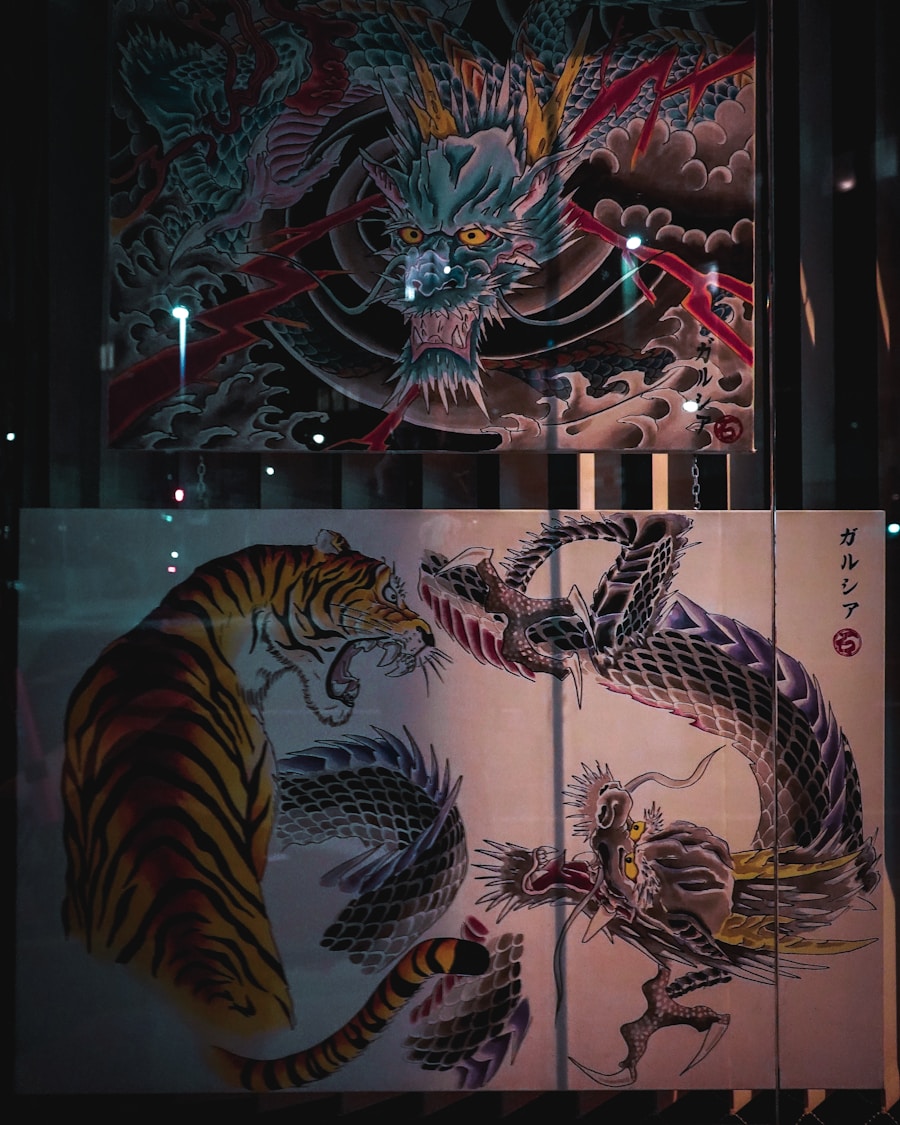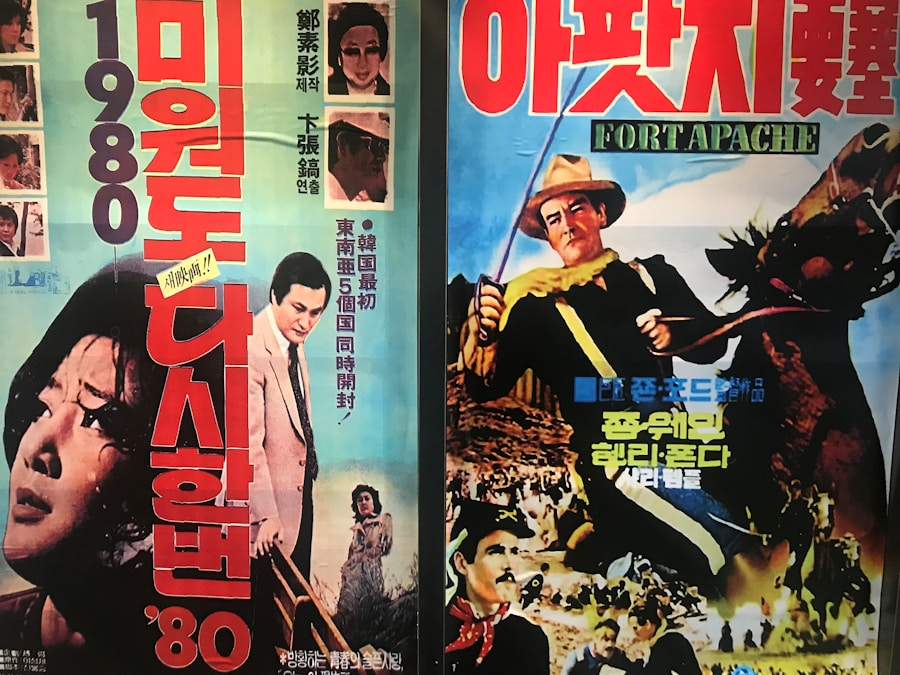Kaiju films, a genre that has captivated audiences for decades, are characterized by their larger-than-life monsters wreaking havoc on cities and landscapes. Originating in Japan, these films have become a cultural phenomenon, blending elements of science fiction, horror, and action. The term “kaiju” translates to “strange beast,” and it perfectly encapsulates the essence of these monstrous creations.
From the iconic Godzilla to lesser-known creatures, kaiju films explore themes of destruction, humanity’s relationship with nature, and the consequences of technological advancement. As you delve into this genre, you will discover not only thrilling visuals but also profound narratives that resonate with audiences across the globe. The allure of kaiju films lies in their ability to evoke a sense of wonder and fear simultaneously.
They challenge viewers to confront their deepest anxieties about the world around them, often reflecting societal fears and cultural tensions. As you explore the evolution of kaiju cinema, you will find that these films serve as a mirror to the times in which they were created, revealing insights into the human condition and our collective psyche. The genre has evolved significantly since its inception in the mid-20th century, adapting to changing cultural landscapes while maintaining its core themes of conflict and survival.
Key Takeaways
- Kaiju films are a genre of Japanese monster movies featuring giant creatures wreaking havoc on cities.
- The rivalry between Japan and America in Kaiju scripts emerged as a result of cultural and historical influences.
- Cultural and historical context has heavily influenced the themes and narratives of Kaiju scripts in both Japanese and American films.
- Kaiju characters have evolved over time, with Japanese and American films portraying them in different ways to cater to their respective audiences.
- The rivalry between Japan and America has had a significant impact on the production and direction of Kaiju films, shaping the narratives and characterizations.
Emergence of Japan vs America Rivalry in Kaiju Scripts
The rivalry between Japan and America in the realm of kaiju films began to take shape in the 1950s and 1960s, as both countries sought to establish their dominance in the genre. This competition was not merely about box office numbers; it was a clash of cultural ideologies and artistic expressions. Japanese kaiju films often reflected post-war anxieties, particularly surrounding nuclear power and environmental destruction, while American counterparts leaned towards a more action-oriented approach, emphasizing heroism and military might.
As you examine this rivalry, you will notice how each nation’s unique historical context influenced their storytelling techniques and thematic choices. In Japan, kaiju films like “Godzilla” emerged as cautionary tales about the dangers of nuclear warfare and the consequences of human hubris. The monster itself became a symbol of nature’s wrath, a manifestation of humanity’s transgressions against the environment.
Conversely, American kaiju films such as “King Kong” and later adaptations like “Pacific Rim” often portrayed monsters as threats to be conquered, reflecting a more militaristic perspective. This divergence in narrative focus highlights the cultural differences between the two nations and sets the stage for an ongoing dialogue within the genre.
Influence of Cultural and Historical Context on Kaiju Scripts

Cultural and historical contexts play a pivotal role in shaping kaiju scripts, influencing not only character development but also plotlines and themes. In Japan, the aftermath of World War II and the atomic bombings of Hiroshima and Nagasaki left an indelible mark on society. These events fostered a deep-seated fear of nuclear power and environmental degradation, which became central themes in many kaiju films.
As you explore these narratives, you will see how filmmakers used monsters as allegories for societal fears, allowing audiences to grapple with complex emotions surrounding loss, trauma, and resilience. In contrast, American kaiju films often reflect a different set of values and concerns. The Cold War era brought about a fascination with technology and military prowess, leading to narratives that emphasized human ingenuity in the face of monstrous threats.
Films like “Cloverfield” and “Godzilla” (2014) showcase a blend of horror and action while addressing contemporary issues such as terrorism and climate change. By examining these cultural influences, you will gain a deeper understanding of how kaiju films serve as both entertainment and commentary on societal issues.
Evolution of Kaiju Characters in Japanese and American Films
| Year | Japanese Kaiju Films | American Kaiju Films |
|---|---|---|
| 1954 | Godzilla (Gojira) | Them! |
| 1961 | Mothra | Gorgo |
| 1964 | Ghidorah, the Three-Headed Monster | Godzilla vs. Mothra |
| 1971 | Godzilla vs. Hedorah | Daigoro vs. Goliath |
| 1984 | The Return of Godzilla | The Terminator |
The evolution of kaiju characters reveals much about the changing landscape of both Japanese and American cinema. In early Japanese films, monsters like Godzilla were often portrayed as tragic figures—beasts born from humanity’s mistakes. Godzilla’s transformation from a destructive force to a protector in later films illustrates this complexity, showcasing how characters can evolve alongside societal attitudes.
As you analyze these character arcs, you will appreciate how filmmakers have used kaiju to explore themes of redemption, identity, and the struggle for coexistence. American kaiju characters have also undergone significant transformations over the years. Initially depicted as mindless beasts driven by instinct, modern American kaiju films have introduced more nuanced portrayals.
For instance, in “Kong: Skull Island,” King Kong is depicted not just as a monster but as a guardian of his domain, challenging traditional notions of villainy. This shift reflects a growing recognition of the need for empathy and understanding in storytelling. As you observe these character developments, you will see how both Japanese and American filmmakers have adapted their approaches to resonate with contemporary audiences while remaining true to the genre’s roots.
Impact of Japan vs America Rivalry on Kaiju Film Production
The rivalry between Japan and America has significantly impacted kaiju film production, driving innovation and creativity within the genre. As both countries sought to outdo one another, filmmakers pushed the boundaries of special effects, storytelling techniques, and marketing strategies. The introduction of CGI technology in American films allowed for more elaborate monster designs and action sequences, while Japanese filmmakers continued to rely on practical effects and suitmation techniques that have become hallmarks of their style.
This competition has led to a rich tapestry of kaiju cinema that showcases diverse artistic visions. Moreover, this rivalry has fostered collaborations that have enriched the genre as a whole. The crossover films like “Godzilla vs.
Kong” exemplify how both nations can come together to create something unique while honoring their respective traditions. These collaborations not only attract fans from both sides but also introduce new audiences to the rich history of kaiju cinema. As you explore this dynamic interplay between Japan and America, you will recognize how competition can drive artistic growth and innovation within a beloved genre.
Reception and Audience Response to Japanese and American Kaiju Films

The reception of kaiju films varies significantly between Japanese and American audiences, shaped by cultural expectations and historical contexts. In Japan, kaiju films are often celebrated as national treasures, with characters like Godzilla becoming cultural icons that resonate deeply with viewers. The emotional connection to these monsters is rooted in shared experiences and collective memory, making them more than just entertainment; they are symbols of resilience and hope in the face of adversity.
In contrast, American audiences tend to approach kaiju films with a different lens. While there is appreciation for the spectacle and action inherent in these movies, there is also a tendency to focus on character-driven narratives and emotional arcs. Films like “Kong: Skull Island” received praise for their character development alongside thrilling monster battles, indicating a shift in audience expectations.
As you analyze audience responses across cultures, you will gain insight into how different societies interpret and engage with kaiju narratives.
Legacy of Japan vs America Rivalry in Early Kaiju Scripts
The legacy of the Japan vs America rivalry is evident in early kaiju scripts that laid the groundwork for future films within the genre. These scripts not only established iconic characters but also set thematic precedents that continue to influence filmmakers today. The tension between destruction and protection found in early Japanese films resonates through modern narratives, reminding audiences of the delicate balance between humanity’s ambitions and nature’s power.
Furthermore, this rivalry has fostered an ongoing dialogue about representation within kaiju cinema. Early scripts often reflected nationalistic sentiments or cultural stereotypes that have since evolved into more nuanced portrayals. As you reflect on this legacy, consider how early kaiju films paved the way for contemporary discussions about diversity, representation, and global collaboration within the genre.
Future of Kaiju Films in the Global Market
As you look toward the future of kaiju films in the global market, it becomes clear that this genre is poised for continued growth and evolution. With advancements in technology allowing for even more spectacular visuals and storytelling possibilities, filmmakers are exploring new narratives that resonate with diverse audiences worldwide. The rise of streaming platforms has also opened doors for international collaborations, enabling filmmakers from different cultures to share their unique perspectives on kaiju stories.
Moreover, as global issues such as climate change and social justice take center stage, kaiju films are likely to reflect these pressing concerns through their narratives. The potential for cross-cultural storytelling will enrich the genre further, allowing for fresh interpretations that challenge traditional tropes while honoring its roots. As you engage with this evolving landscape, you will find that kaiju films remain not only a source of entertainment but also a powerful medium for exploring complex themes relevant to our shared human experience.
